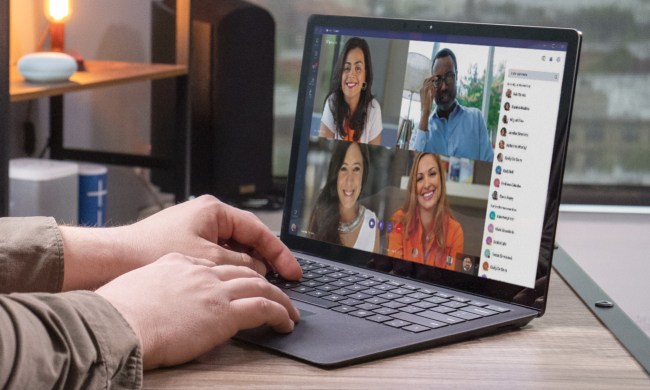
On Friday we reported on Google’s new ‘right to be forgotten’ form now available to Web users in Europe — in the wake of a ruling from the EU, the tech giant is obliged to offer Europeans the chance to erase links to data that is “inadequate, irrelevant or no longer relevant.” For claims that are upheld, information is removed from Google’s localized list of search results, though it doesn’t disappear from the Web.
Now we know just how much extra paperwork Google is going to have to get through: 12,000 requests were submitted in the first 24 hours according to Reuters, with as many as 20 per minute hitting Google’s inbox. A valid photo ID is required to submit an appeal through the online form.
The original ruling by the European Court of Justice on May 13 has kicked up a storm of debate around users’ rights to control the information that appears about them online. The decision was prompted by the case of a Spanish man who claimed that his privacy was infringed when Google linked to a notice of his home being repossessed a decade earlier.
While it has complied with the EU’s instructions, Google itself is worried about the implications for censorship and abuse. Company CEO Larry Page told the Financial Times that he had concerns about excessive Internet regulation and the potential impact on future innovation. “It will be used by other governments that aren’t as forward and progressive as Europe to do bad things,” he said. “Other people are going to pile on, probably… for reasons most Europeans would find negative.”
There are questions over the practicalities of the process and the consequences for freedom of speech — it’s likely that the First Amendment would make this kind of ruling impossible in the U.S., for instance. At the same time, many individuals and privacy groups believe users have a right to stop Internet companies publishing erroneous or damaging information about them online.
“The court’s ruling requires Google to make difficult judgements about an individual’s right to be forgotten and the public’s right to know,” said a Google spokesperson. Decisions about the removal of links will be made by Google staff, with some cases referred to the national data agency of the country involved. The company has said that any changes will take effect from the middle of June.
[Image courtesy of Gil C / Shutterstock]


